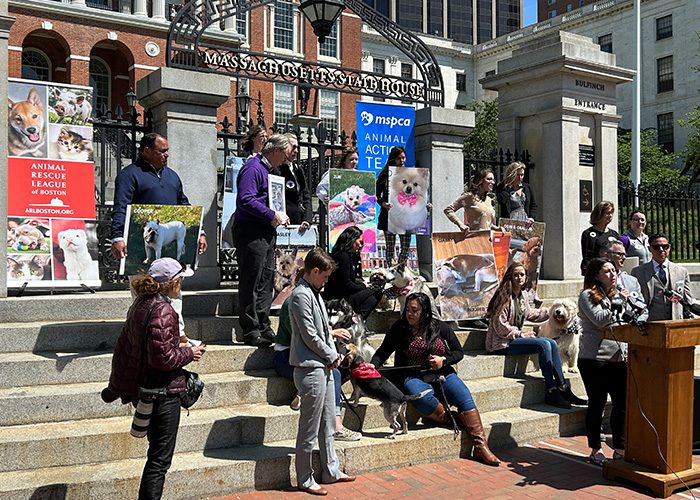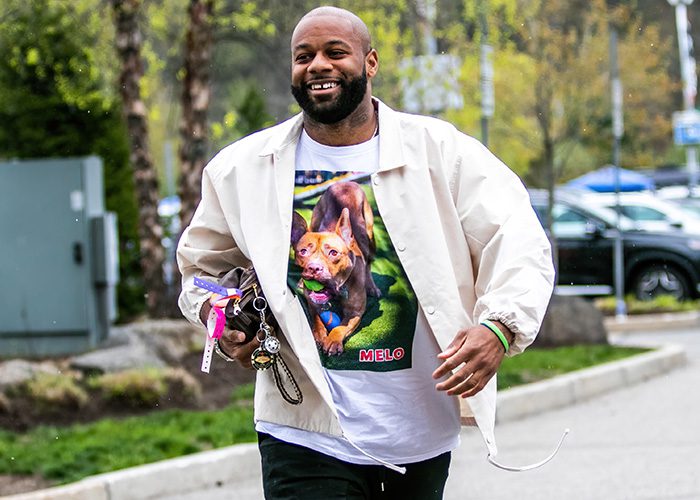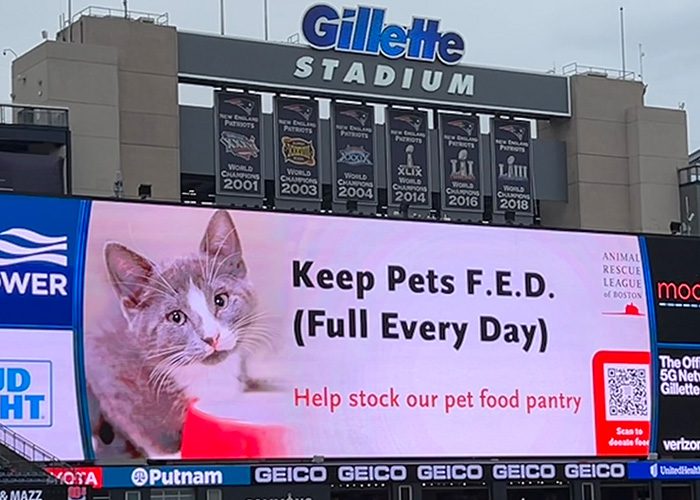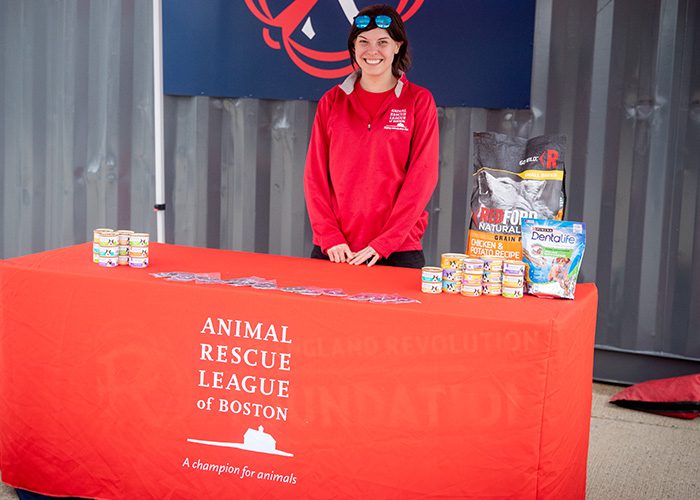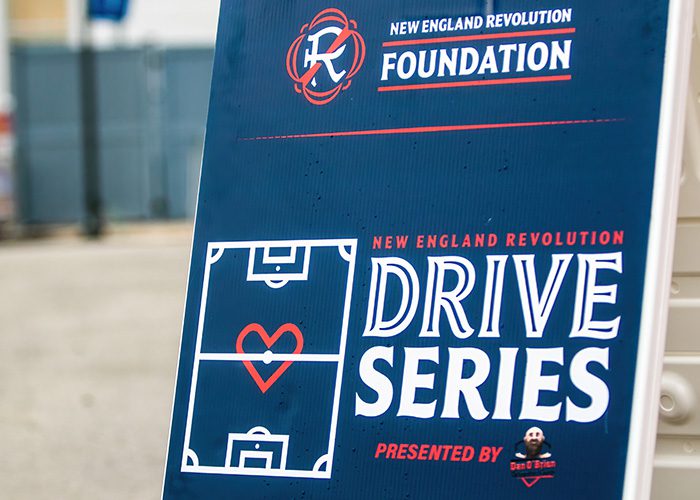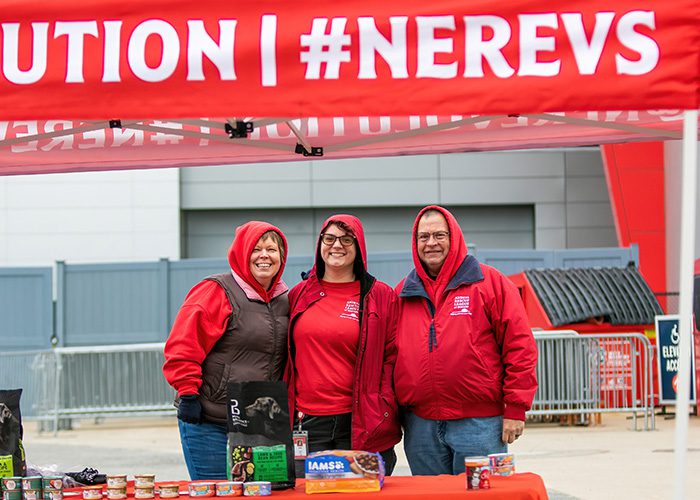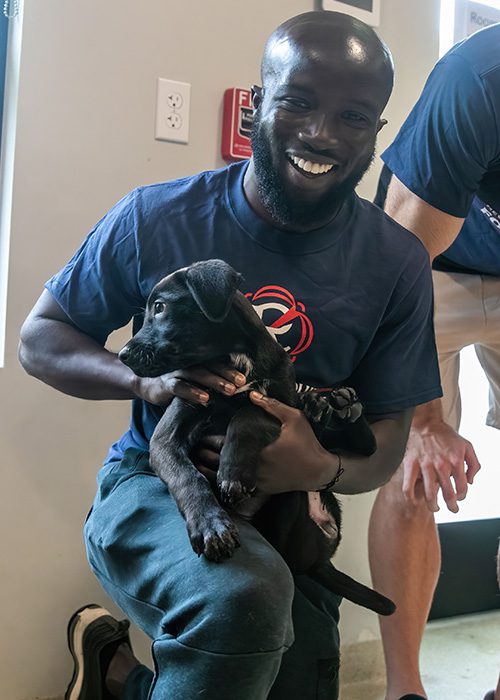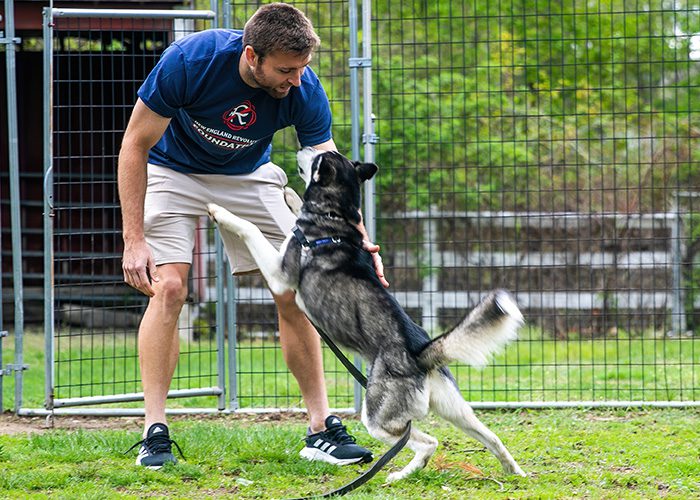Ollie’s Law Coalition Rallies on State House Steps
Coalition urges Legislature to take action on Ollie’s Law to regulate Massachusetts boarding facilities
This week, the “Ollie’s Law Coalition”, which includes the Animal Rescue League of Boston, rallied on the steps of the Massachusetts State House, asking legislatures to step up and help protect pets throughout the Commonwealth while in the care of a boarding facility.
Currently there are no state regulations for these types of facilities, and during the rally, a number of Massachusetts residents relived their harrowing experiences while expressing how uniform regulations may have prevented the pain and suffering their animals endured while being boarded.
An Act to Increase Kennel Safety (H.2019; S.1309) aka Ollie’s Law, would establish standards regarding animal health and employee safety, allowing pet families to choose the best facility to suit their animal’s needs.
The coalition consists of a number of organizations including ARL, the Massachusetts Society for the Prevention of Cruelty to Animals (MSPCA), Dakin Humane Society, the Humane Society of the United States (HSUS), Boston Dog Lawyers, the Animal Legal Defense Fund, JM Pet Resort, among others.
The Ollie’s Law proposed legislation was born out of tragedy.
In 2020, Amy Baxter brought her Labradoodle Ollie to a Western Massachusetts doggie daycare facility, only to receive a text shortly after saying Ollie had been attacked by other dogs.
He was severely injured, and sadly died of his injuries two months later.
While the facility was shuttered by town officials, Baxter was stunned to learn that there were no state regulations regarding boarding facilities, and soon took up the fight to help ensure tragedies like this never happen again.
ARL’s Board Safely™ Campaign
While there are currently no regulations for boarding facilities in Massachusetts, ARL’s Board Safely™ campaign helps guide pet owners when choosing a facility for their pets.
The campaign includes steps to take while researching boarding facilities, as well as what questions you should be asking.
How Can I Help?
ARL urges proponents of Ollie’s Law to contact their state elected officials, to urge the discussion and ultimate passage of this important piece of legislation.
ARL will continue to advocate not just for Ollie’s Law, but for other proposed bills to further protect animals throughout the Commonwealth.
Learn more about ARL’s Legislation Agenda, and how you can help advocate for animals in Massachusetts!




